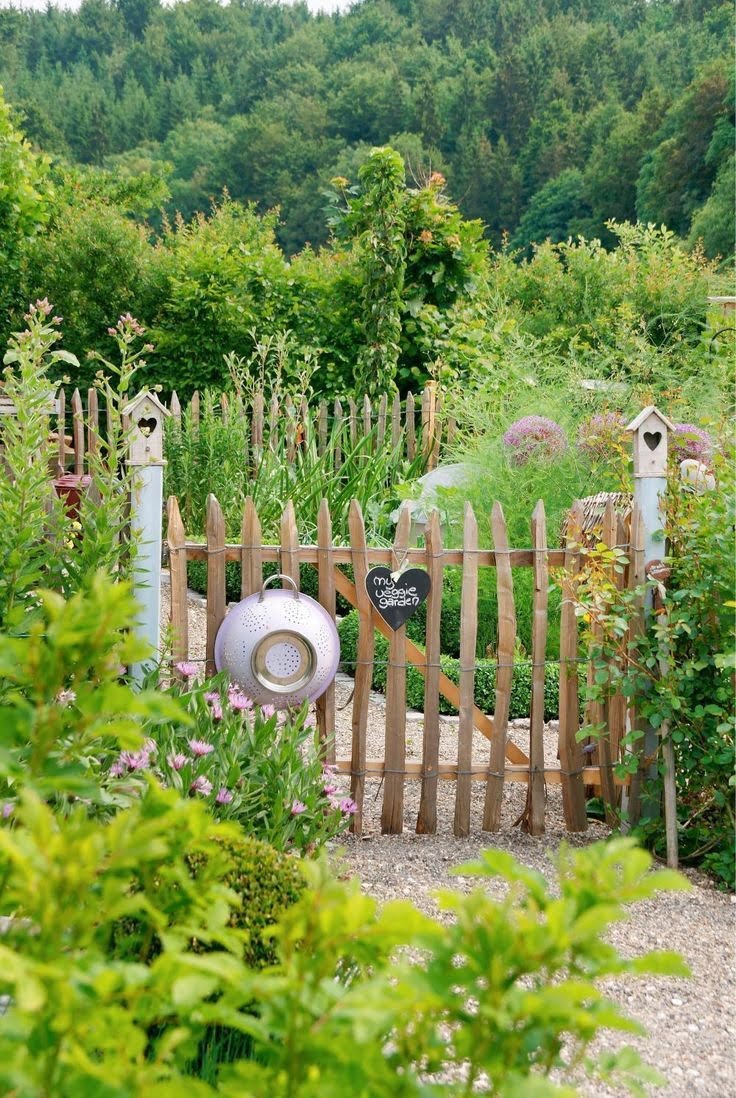How To Make Raised Beds For Vegetable Garden
Building a vegetable garden is a great way to get fresh, organic produce right in your backyard. One of the best ways to maximize your garden space is to build raised beds. Raised beds are simply elevated garden beds that are filled with soil and planted with vegetables.
There are a few things to consider when building raised beds for your vegetable garden:
1. Size: The size of your raised beds will depend on the amount of space you have available. Make sure to leave enough room around each bed for easy access and to accommodate a wheelbarrow.
2. Soil: The best way to build raised beds is to use a soil mix that is high in organic matter. You can either make your own mix or buy a pre-made mix.
3. Location: Choose a location that gets plenty of sunlight.
4. Elevation: Raised beds should be elevated at least six inches off the ground. This will help keep the soil warm and moist, and will make it easier to work the soil.
5. Construction: There are a few ways to build raised beds. You can use lumber, bricks, cinder blocks, or landscape timbers.
If you are using lumber, make sure to use untreated lumber, as treated lumber can leach chemicals into the soil.
To build a raised bed using lumber, you will need:
– 4 – 6 inch wide boards, at least 8 feet long
– 2 inch screws
– Saw
– Hammer
– Level
– Tape measure
1. Cut the boards to the desired size. For a 4×8 bed, cut the boards to 4 feet in length.
2. Drill pilot holes in the boards.
3. Assemble the boards using screws.
4. Use a level to make sure the bed is level.
5. If desired, add a frame around the bed.
To build a raised bed using bricks, you will need:
– Bricks
– Mortar
– Level
1. Build a frame out of bricks.
2. Mortar the bricks in place.
3. Use a level to make sure the frame is level.
4. Add soil to the frame and plant vegetables.
To build a raised bed using cinder blocks, you will need:
– Cinder blocks
– Hammer
– Chisel
– Level
1. Build a frame out of cinder blocks.
2. Use a hammer and chisel to knock out the center of each cinder block.
3. Use a level to make sure the frame is level.
4. Add soil to the frame and plant vegetables.
To build a raised bed using landscape timbers, you will need:
– Landscape timbers
– Saw
– Hammer
– Level
1. Cut the landscape timbers to the desired size.
2. Assemble the timbers using screws.
3. Use a level to make sure the bed is level.
4. Add soil to the bed and plant vegetables.
How To Make Raised Garden Boxes For Vegetables
If you are like most people, you probably don’t have a lot of extra space in your yard for a garden. But, you still may want to be able to grow some of your own vegetables. One way to do this is to build raised garden boxes. This article will show you how to do it.
The first thing you need to do is decide how big you want your garden boxes to be. They can be any size you want, but they should be at least 12 inches deep and 12 inches wide.
Once you have decided on the size, you need to figure out how many you will need. The number you need will depend on the size of your garden. You will need one box for every 4 square feet of garden space.
Now, it is time to start building. The easiest way to build the boxes is to use 2×6 boards. Cut the boards to the desired length and then use a saw to cut notches out of the corners so they fit together like a puzzle.
Once the boxes are built, it is time to fill them with soil. You can either buy soil or make your own. To make your own, mix together equal parts of top soil, compost, and peat moss.
Now, it is time to plant. The best vegetables to grow in raised garden boxes are lettuce, tomatoes, peppers, and carrots. Be sure to read the labels on the plants to make sure they are suited for growing in boxes.
If you follow these simple steps, you will be able to have your own vegetable garden, even if you don’t have a lot of space.
Build Cheap Raised Vegetable Garden
Beds
If you’re like most people, you want to save money on your food budget. One way to do this is to grow your own vegetables. You can save even more money by building your own raised vegetable garden beds.
There are several ways to build raised vegetable garden beds. You can use lumber, bricks, cinder blocks, or concrete blocks. The easiest way to build them is with lumber.
You’ll need four pieces of lumber, each 2x6x8. Cut the pieces so that they are the same length. You’ll also need some screws, a drill, and a saw.
Lay two of the pieces of lumber side by side and screw them together. Do the same with the other two pieces of lumber. Now you have a frame for your raised vegetable garden bed.
Next, you’ll need to put some soil in the bed. You can either buy soil or use some from your yard. If you use your yard soil, you’ll need to mix it with some compost or manure to make it richer.
Put the soil in the bed and pack it down. You can either use a shovel or your feet. Now you’re ready to plant your vegetables.
You can either put the vegetables in the ground or in pots. If you put them in the ground, make sure the soil is fertile and has been composted.
If you’re using pots, you can put them in the bed or set them on top of the soil. Make sure the pots have drainage holes so the soil can drain.
You can also put a fence around the bed to keep the animals out. You can use wire, chicken wire, or plastic netting.
Now you can enjoy fresh vegetables from your own raised vegetable garden bed.
Vegetables To Plant In Raised Garden
Beds
When you are planning what vegetables to plant in your raised garden beds, there are a few things to consider. The most important factor is the amount of sunlight the vegetables will receive. The vegetables that need the most sunlight are typically those that are grown on the ground, such as tomatoes, peppers, and eggplants.
If you are limited on space, you may want to consider growing vegetables that can be grown in containers, such as lettuce, herbs, and strawberries. Another factor to consider when planning what vegetables to plant in your raised garden beds is the time of year.
Some vegetables can only be grown during certain seasons, while others can be grown year-round. Be sure to research the vegetables you are interested in planting to make sure they are compatible with your climate.
When planning what vegetables to plant in your raised garden beds, it is also important to take into account the soil pH. Most vegetables prefer a soil pH of 6.0-7.0, but there are a few exceptions. If you are not sure what the soil pH is in your garden, you can have it tested at a local gardening store.
If the soil pH is not within the desired range, you can add sulfur or lime to the soil to adjust it. Once you have determined what vegetables to plant in your raised garden beds, you will need to select the appropriate plants and seeds.
Be sure to choose plants that are suited for your climate and soil type. You can find a variety of plants and seeds at your local gardening store or online. When planting your vegetables, be sure to follow the instructions on the seed packet.
Most seeds should be planted at a depth of twice their size, and they should be spaced according to the instructions on the packet. Once your vegetables have been planted, be sure to water them regularly and keep the area around the plants free of weeds.
Vegetables that are grown in raised garden beds typically taste better than those that are grown in the ground, because the soil in raised garden beds is typically richer in nutrients. By following the tips above, you can enjoy a bountiful harvest of fresh vegetables from your very own raised garden beds.
Raised Vegetable Garden Kits
A raised vegetable garden kit is a great way to start a garden, especially if you don’t have a lot of space. These kits come in a variety of shapes and sizes, and most include everything you need to get started.
One of the benefits of a raised garden kit is that it keeps the soil and vegetables off the ground, which helps to prevent weeds and pests from taking over. It also makes it easier to access your vegetables, and you don’t have to bend over as much to garden.
Most raised garden kits are made from wood, but there are also some made from plastic or metal. The kits come with a variety of different features, such as different-sized planting boxes, built-in irrigation systems, and even benches or chairs.
If you’re looking for an easy way to start a garden, a raised vegetable garden kit is a great option.

If you’re looking to get into vegetable gardening, or are just looking for some tips on how to make your current garden better, then you’ve come to the right place! My name is Ethel and I have been gardening for years. In this blog, I’m going to share with you some of my best tips on how to create a successful vegetable garden.





